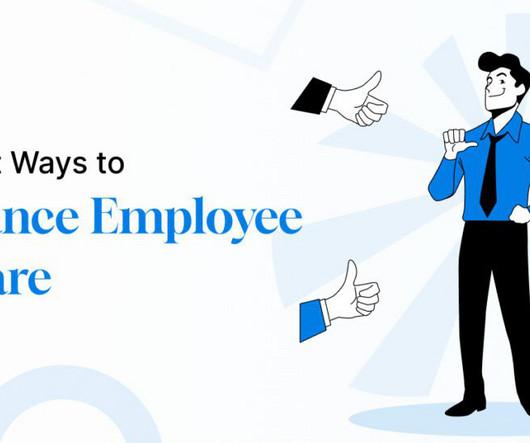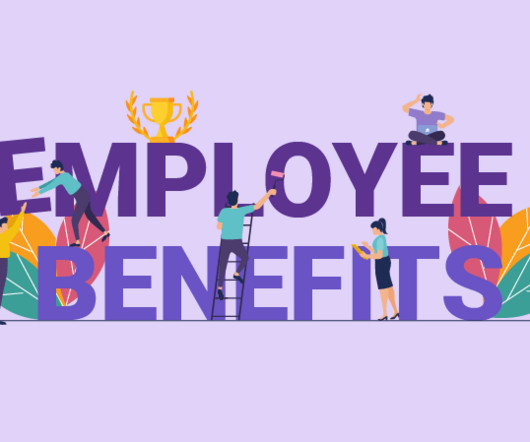Employee Perks at Companies: How Top Firms Attract and Retain Talent
Empuls
AUGUST 30, 2024
Types of employee perks Traditional perks: Organizations like Google, Johnson & Johnson and Microsoft offer variety of health and wellness facilities like mental health, wellness programs and memberships while Amazon, Apple and Intel offer financial perks such as 401(k) plan, stock options etc.





















Let's personalize your content